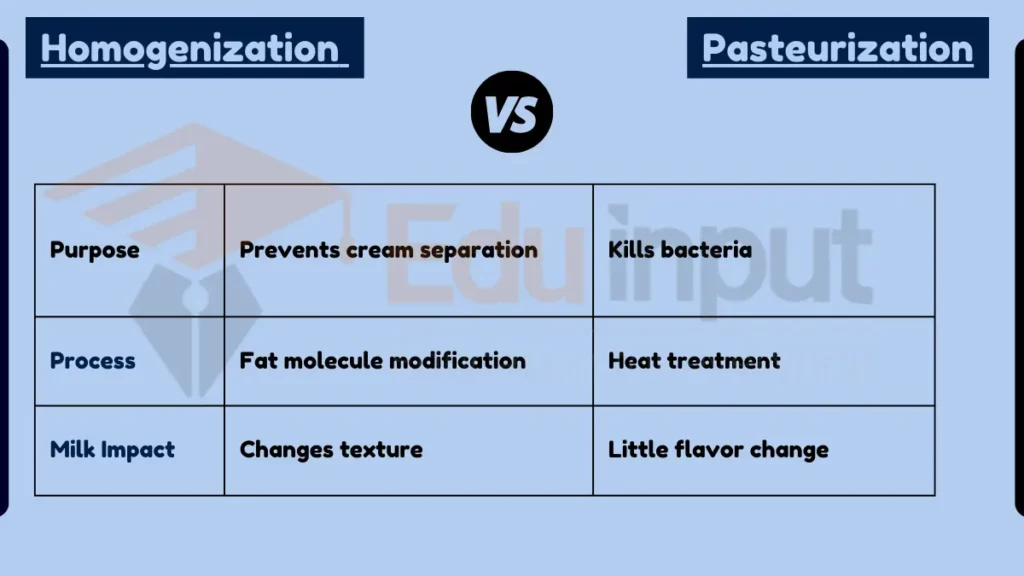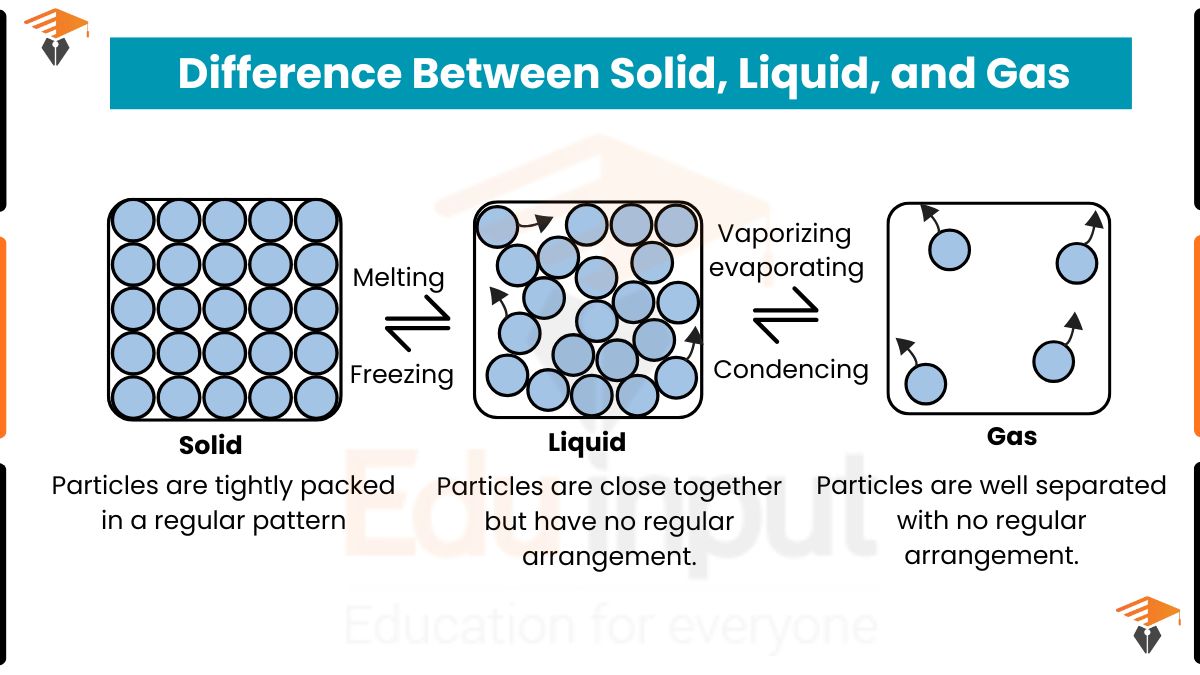Difference Between Homogenization and Pasteurization
Key Difference
Homogenization and pasteurization are both processes used in the treatment of milk and dairy products, but they serve different purposes. Homogenization involves breaking down fat molecules in milk so they remain integrated rather than separating as cream. Pasteurization, on the other hand, is the process of heating milk to a specific temperature to kill harmful bacteria and extend the product’s shelf life.

Comparative Analysis
- Primary Purpose:
- Homogenization: Prevents cream separation by evenly distributing fat molecules.
- Pasteurization: Kills bacteria to ensure safety and prolong shelf life.
- Process:
- Homogenization: Physical process of breaking down fat molecules.
- Pasteurization: Heating process at a specific temperature for a set time.
- Impact on Milk:
- Homogenization: Changes the texture and appearance.
- Pasteurization: Does not alter the flavor significantly.
- Health and Nutritional Aspect:
- Homogenization: Mainly affects physical properties.
- Pasteurization: Ensures safety by eliminating pathogens.
- Industry Standard:
- Both processes are standard in the dairy industry, often used in conjunction.
Table Summary
| Feature | Homogenization | Pasteurization |
|---|---|---|
| Purpose | Prevents cream separation | Kills bacteria |
| Process | Fat molecule modification | Heat treatment |
| Milk Impact | Changes texture | Little flavor change |
| Health Aspect | Physical properties | Eliminates pathogens |
| Industry Use | Standard practice | Standard practice |
While both homogenization and pasteurization are crucial in milk processing, they serve distinct purposes: homogenization for consistent texture and pasteurization for safety and shelf life.




Leave a Reply